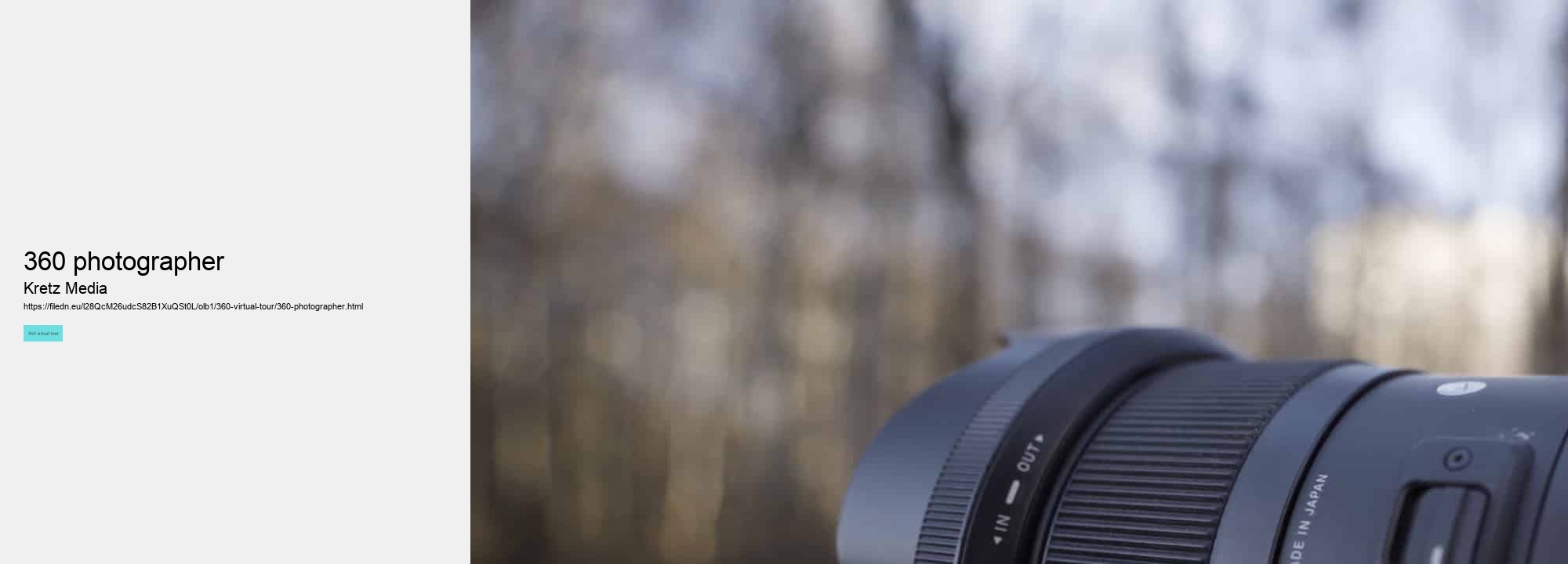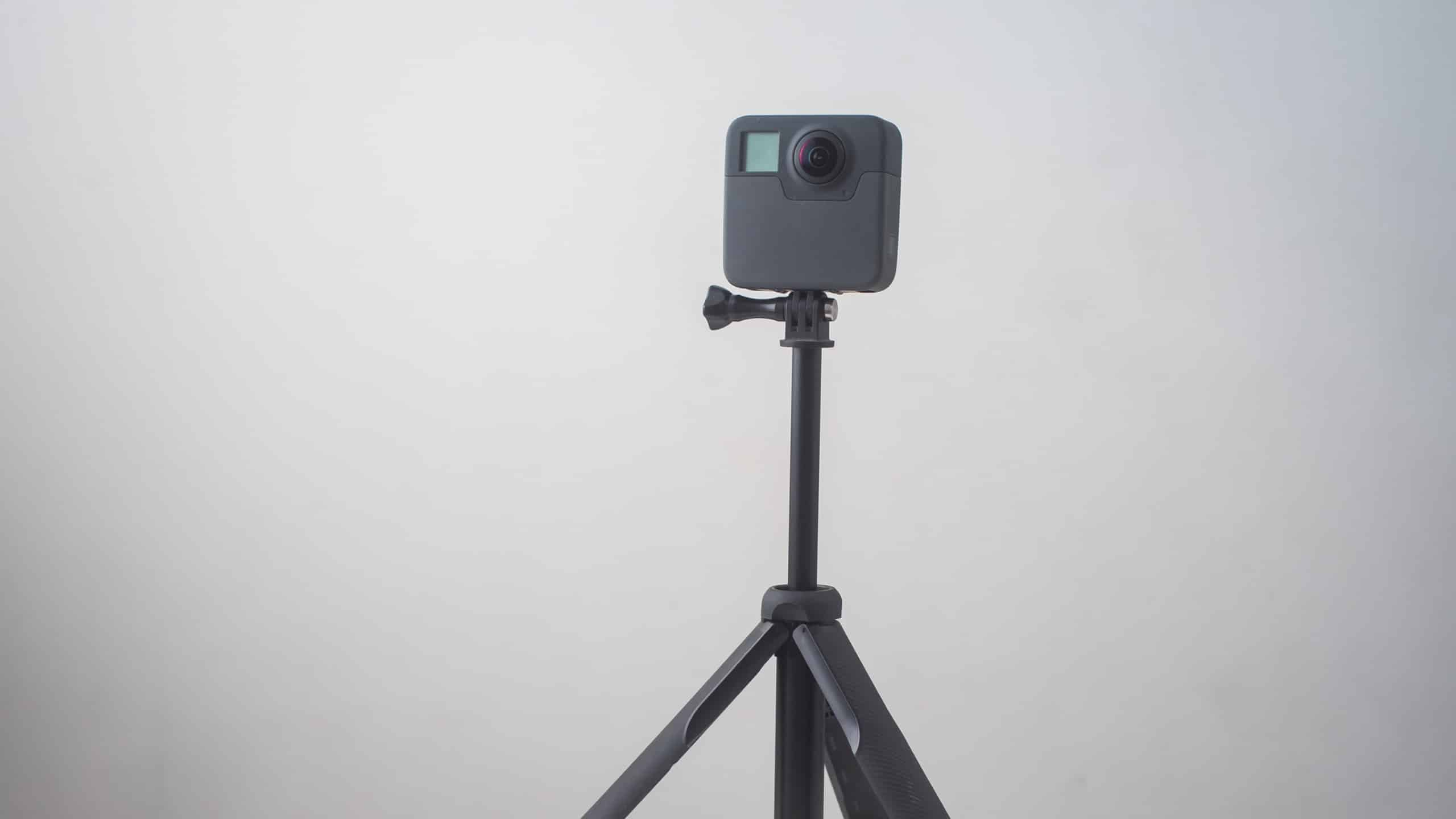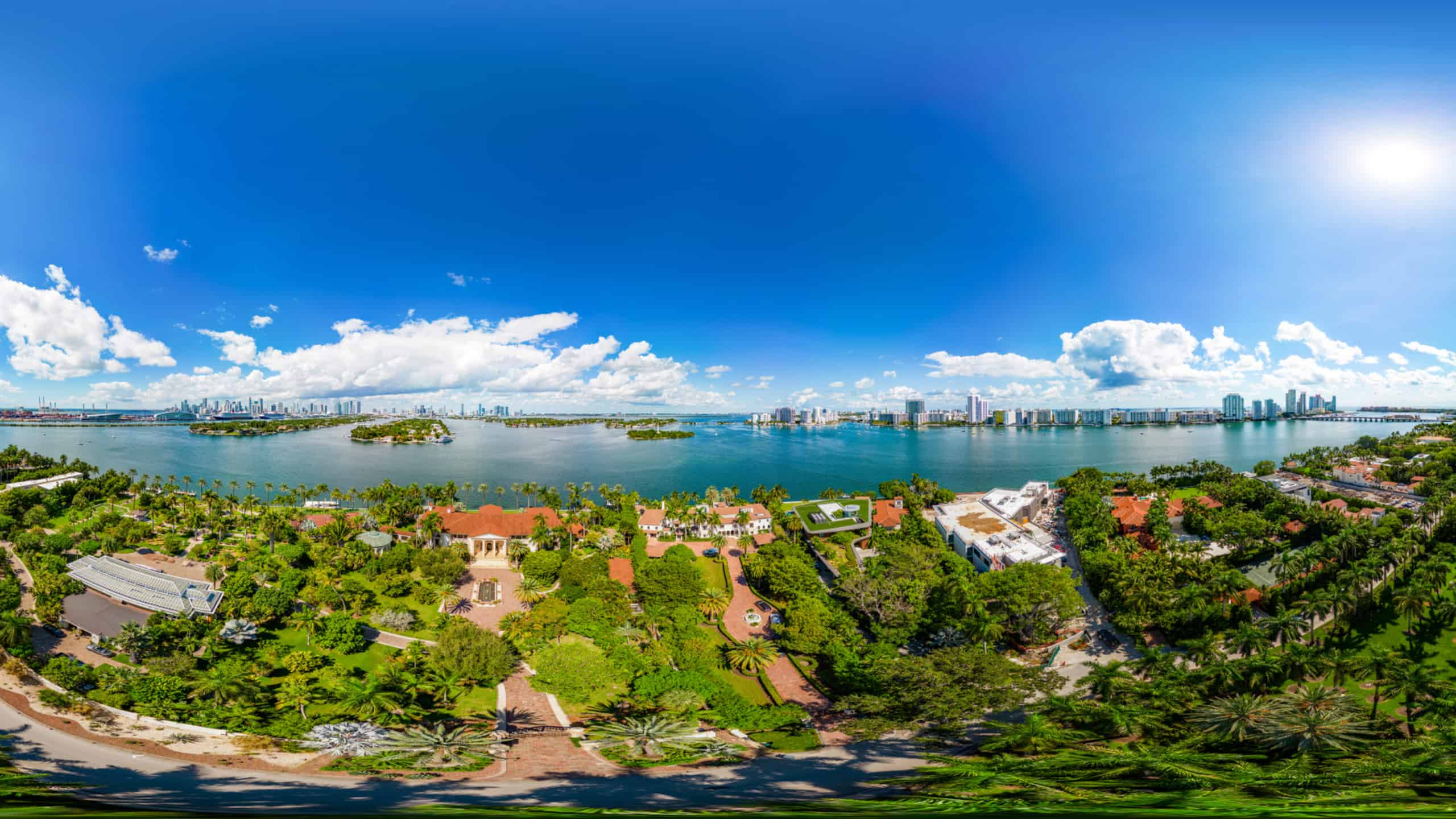

Make sure that your tour loads quickly and smoothly on both desktop computers and mobile devices so that viewers can easily navigate through the space without any glitches. In conclusion, creating virtual tours as a 360 photographer requires careful planning, attention to detail, and technical expertise. By following these steps and utilizing the right equipment and software, you can produce stunning virtual tours that captivate viewers and bring spaces to life in an immersive way. So grab your camera gear today and start creating captivating virtual tours for clients! How to shoot professional-quality 360 videosCapturing professional-quality 360 videos requires a combination of technical skill, creativity, and attention to detail. Whether you're shooting for a virtual reality project, a travel vlog, or a commercial advertisement, there are several key factors to consider in order to achieve stunning results.
A high-quality 360 camera is crucial for capturing immersive footage with sharp detail and realistic colors. Look for cameras that offer high resolution (at least 4K) and advanced stabilization features to minimize shaky footage. Additionally, consider investing in accessories such as tripods or mounts to ensure steady shots and smooth panning movements. Once you have your equipment ready, it's time to plan your shoot. Take the time to scout locations that offer interesting visuals and unique perspectives for your 360 video.
Consider factors such as lighting conditions, background elements, and potential obstacles that may affect your shot. It's also important to think about the overall narrative or theme of your video and how you can convey it effectively through 360-degree storytelling. When setting up your camera, pay close attention to composition and framing. Since 360 videos capture a full spherical view of the scene, it's easy for unwanted elements or distractions to creep into the frame. Position your camera strategically to highlight the main subject while minimizing visual clutter in the background. Experiment with different angles and perspectives to find the most visually appealing shot.
Smooth camera movements can enhance immersion and draw viewers into the scene. Use techniques such as slow panning shots, tracking movements, or dynamic transitions between scenes to create a sense of flow and continuity in your video. Finally, don't forget about post-production editing. Editing software allows you to refine colors, adjust exposure levels, add visual effects, or even stitch together multiple clips seamlessly. Take the time to fine-tune your footage until you're satisfied with the overall look and feel of your video.
By following these tips and techniques, you can elevate your videography skills and create stunning immersive experiences that captivate audiences around the world. How to find unique locations for 360 photographyFinding unique locations for 360 photography can be an exciting and rewarding experience. Whether you are a professional photographer looking to expand your portfolio or simply a hobbyist wanting to capture breathtaking images, the possibilities are endless. In this essay, we will explore some tips and tricks on how to discover those hidden gems that will make your 360 photos stand out from the rest. One of the first things to consider when searching for unique locations is to think outside the box.
While famous landmarks and tourist hotspots may offer stunning views, they are often overcrowded with other photographers trying to capture the same shot. Instead, try exploring lesser-known areas such as local parks, abandoned buildings, or even underwater caves. These unconventional settings can provide a fresh perspective and create truly one-of-a-kind images. Another way to find unique locations is to do some research online or ask locals for recommendations.
Additionally, joining photography groups or forums can connect you with like-minded individuals who can share their favorite spots with you. When scouting potential locations, pay attention to details such as lighting conditions, background elements, and overall aesthetics. Look for places with interesting textures, patterns, or architecture that can add visual interest to your 360 photos.
Furthermore, don't be afraid to experiment with composition and camera angles when shooting in 360 degrees. By changing your perspective or incorporating creative techniques such as long exposure or light painting, you can add a unique twist to your images and make them truly unforgettable. In conclusion, finding unique locations for 360 photography requires creativity, curiosity, and a willingness to explore beyond the beaten path.

By thinking creatively, doing thorough research, and experimenting with different techniques, you can uncover hidden treasures that will set your photos apart from the rest. So grab your camera and start exploring – who knows what amazing sights you'll discover along the way! How to stay ahead in the competitive world of 360 photographyIn today's fast-paced and competitive world of 360 photography, staying ahead of the curve is essential for success. With advancements in technology and an increasing number of professionals entering the field, it can be challenging to stand out from the crowd. However, by following a few key strategies, you can ensure that you stay at the top of your game.
This means constantly researching new techniques, equipment, and software that can help enhance your work. By staying informed and adapting to changes in the industry, you can ensure that your skills remain relevant and cutting-edge. Networking is another important aspect of staying ahead in 360 photography. Building relationships with other professionals in the field can provide valuable opportunities for collaboration, learning, and growth.
In addition to keeping up with trends and networking with others in the field, it is also essential to continuously improve your technical skills. Whether through formal education or self-directed learning, investing time and effort into mastering new techniques will set you apart from the competition. Experimenting with different styles and approaches to 360 photography can help you develop a unique aesthetic that resonates with clients and audiences. Finally, maintaining a strong online presence is crucial for success in today's digital age.
Creating a professional website or portfolio that showcases your best work can attract potential clients and collaborators. Utilizing social media platforms to share your work and engage with followers can also help increase visibility and build a loyal fan base. By incorporating these strategies into your approach to 360 photography, you can position yourself as a leader in the field and stay ahead of the competition. Remember that success does not happen overnight – it requires dedication, hard work, and a commitment to continual growth and improvement. With perseverance and a willingness to adapt to change, you can achieve lasting success in this dynamic industry.
By capturing images in every direction, 360 photography provides a full panoramic view of a scene or location, giving viewers the ability to explore and navigate through the image as if they were actually there. This exciting form of photography has completely transformed the way we view and interact with images. Instead of being limited to a single frame or perspective, 360 photography enables us to see all around us, providing a more comprehensive and engaging visual experience. Whether it's exploring a stunning landscape, touring an architectural marvel, or even showcasing products in an online store, 360 photography offers endless possibilities for creativity and exploration.
These individual images are then stitched together using software to create a seamless and immersive panorama. The final result is a dynamic and interactive photograph that can be viewed on various platforms such as websites, social media, or virtual reality headsets. One of the most exciting aspects of 360 photography is its ability to transport viewers to different locations and provide them with a sense of presence and immersion. Whether it's taking a virtual tour of famous landmarks around the world or exploring remote natural wonders from the comfort of your own home, 360 photography offers an unparalleled level of engagement and interactivity.

In conclusion, Introduction to 360 photography opens up a whole new world of possibilities for both photographers and viewers alike. With its ability to capture scenes in their entirety and allow for interactive exploration, 360 photography is truly transforming the way we experience images. So next time you come across a 360 photograph, take a moment to immerse yourself in the full panoramic view and discover the limitless potential this innovative technology has to offer. Benefits of using 360 photography in marketingIn today's fast-paced and visually-driven world, the use of 360 photography in marketing has become increasingly popular. This innovative technology allows businesses to showcase their products or services in a more immersive and interactive way, creating a unique experience for customers. One of the main benefits of using 360 photography in marketing is that it helps to capture the attention of potential customers.
This not only piques curiosity but also creates a sense of connection with the brand. Additionally, 360 photography can help businesses stand out from competitors. In a crowded marketplace where consumers are bombarded with advertisements and promotions, having an interactive and engaging marketing strategy can make all the difference. By incorporating 360 photography into their campaigns, businesses can differentiate themselves and leave a lasting impression on customers. Furthermore, 360 photography can enhance the overall shopping experience for customers.
This transparency builds trust with consumers and ultimately leads to increased sales and customer satisfaction. Lastly, utilizing 360 photography in marketing can also save time and resources for businesses. Instead of investing in costly photoshoots or elaborate set designs, companies can simply create virtual tours or product demos using 360 technology. This not only streamlines the marketing process but also allows businesses to reach a wider audience without breaking the bank. In conclusion, the benefits of using 360 photography in marketing are numerous and undeniable.
By embracing 360 photography, companies can truly take their branding efforts to new heights and connect with customers in ways never thought possible before. Tips and tricks for capturing stunning 360 photosCapturing stunning 360 photos can be a fun and rewarding experience, whether you're a professional photographer or just someone looking to capture memories in a unique way. With the rise of virtual reality and social media platforms that support 360-degree content, there's never been a better time to experiment with this exciting technology. One of the most important tips for capturing great 360 photos is to pay attention to your surroundings. Since the camera captures everything in all directions, it's crucial to make sure that your environment is clean, clutter-free, and visually interesting.
Look for unique angles, textures, and colors that will make your photo stand out. Another key tip is to experiment with different perspectives. Because the camera captures everything around it, you have the freedom to play with angles and compositions that you might not have considered with a traditional camera. Try shooting from low angles or above eye level to add depth and interest to your photos. Lighting is also crucial when it comes to capturing stunning 360 photos. Natural light tends to work best for creating vibrant and dynamic images, so try shooting outdoors or near windows whenever possible.
Composition is another important factor in creating compelling 360 photos. Pay attention to leading lines, symmetry, and framing within your shot to guide the viewer's eye through the image. Experiment with different compositions and focal points to create visually engaging photographs. Finally, don't be afraid to edit your photos after you've taken them. Many editing software programs offer tools specifically designed for working with 360-degree images, allowing you to adjust exposure, color balance, and other elements to enhance your final product.

Unlike traditional photographs or videos, 360 virtual tours provide a fully immersive experience, allowing viewers to explore a space as if they were physically there.
While 360 virtual tours can be used to showcase a wide range of locations and spaces, there may be limitations in areas where photography or filming is restricted or prohibited.
A 360 virtual tour is a simulation of a physical location, typically consisting of a series of panoramic images stitched together to create a seamless, interactive experience that allows viewers to explore the space from any angle.